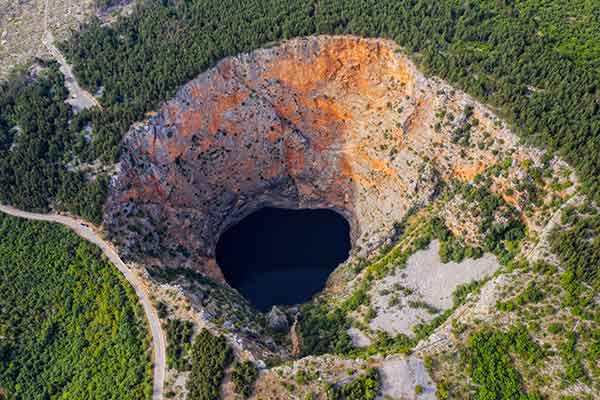If you need assistance with sinkhole remediation or foundation issues, call now for a Free Consultation with The Sinkhole Guy®!
What is Sinkhole Engineering?

When you first start your sinkhle journey, you find out that you typically need sinkhole engineering. But what is that? What do they do?
Sinkhole Engineering is a specialization in Geotechnical Engineering, that typically focuses on investigating, evaluating, and remediating sinkhole-related activity. In short, they use instrumentation to check the subteranean environment, they evaluate the extent of the issue, they determine if there is a way to remediate the problem, and then provide a plan of action for a contractor to follow.
There are a great number of properties throughout Florida that have experienced sinkhole-related activity. As a result, there are a large number of properties that have been evaluated by a sinkhole engineer. In fact, if a claim was previously made on your property, it is likely a report has already been made on your property.
What services does a sinkhole engineer provide?
The typical sinkhole engineering services are specifically focused on the sinkhole-related activity. These services include:
